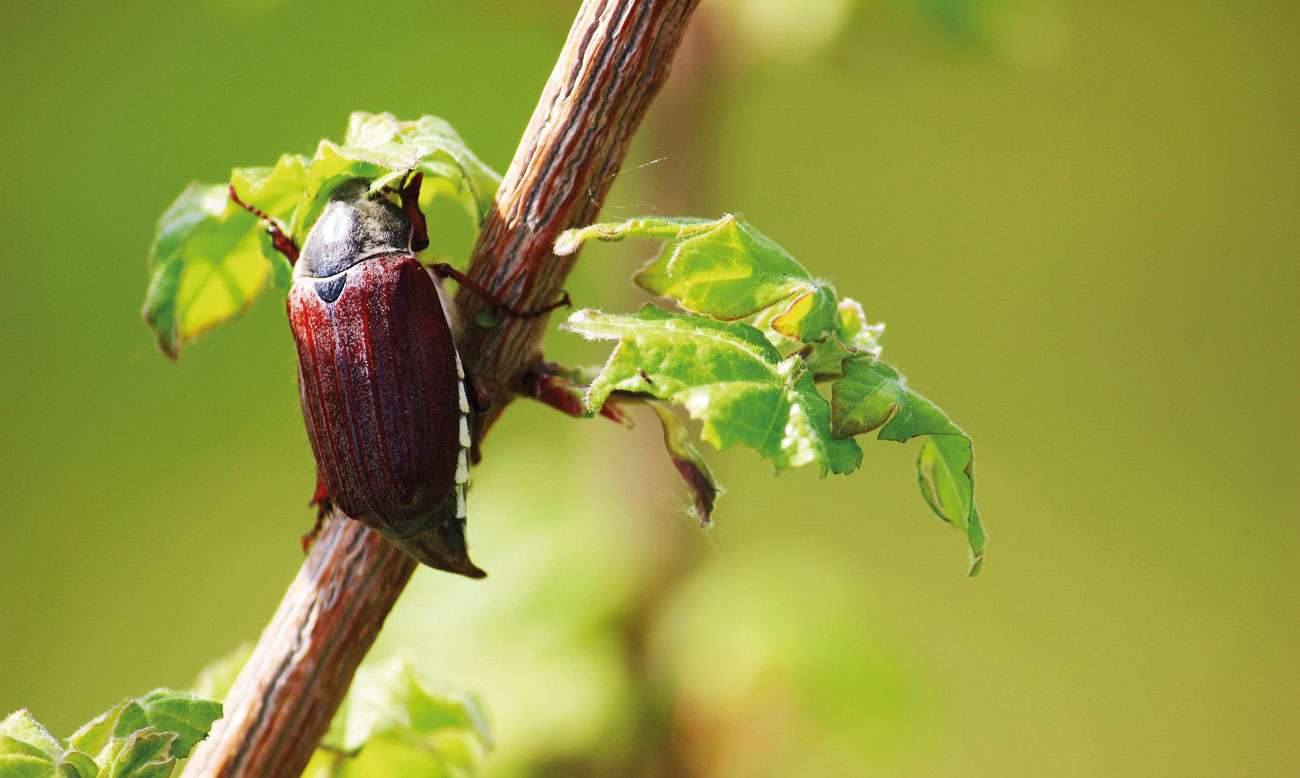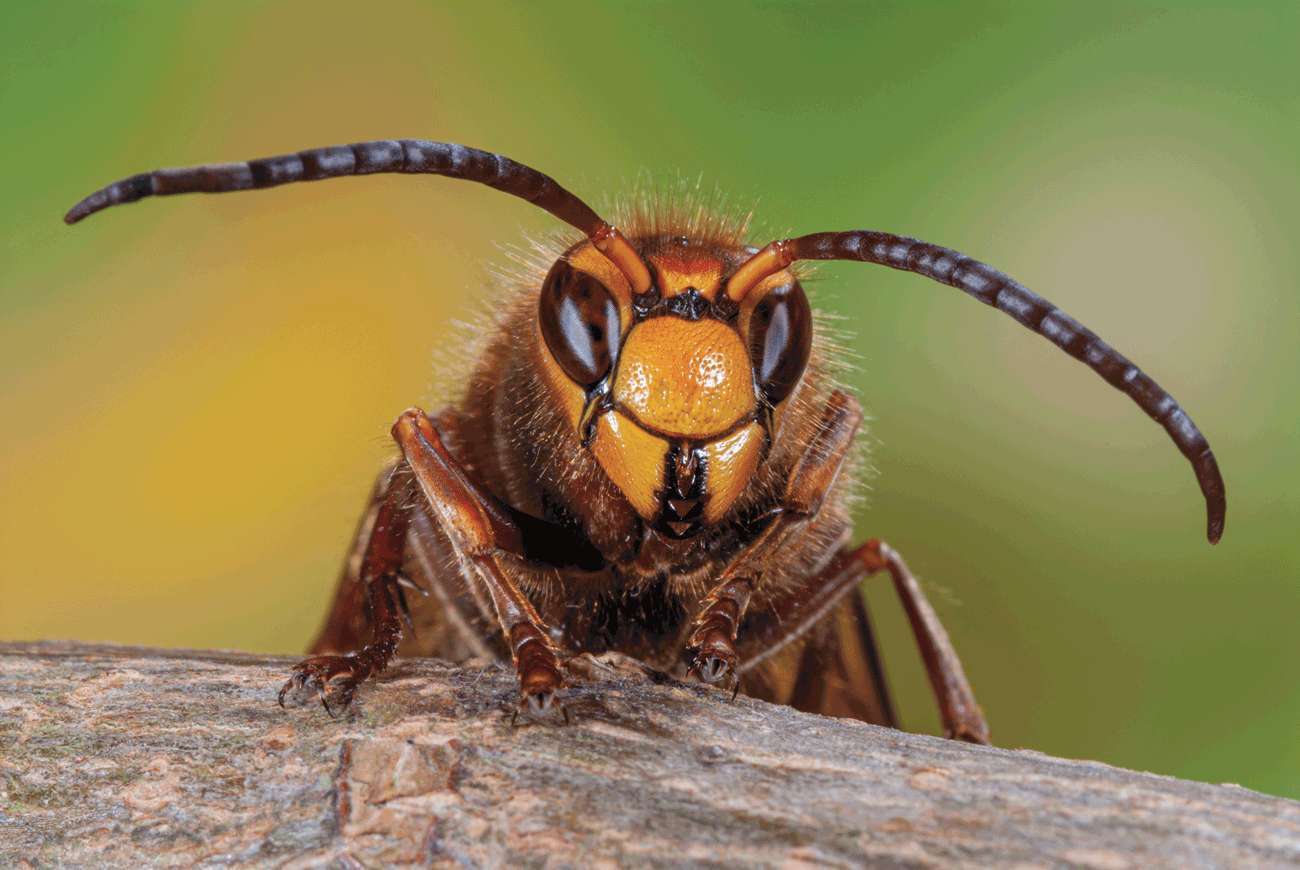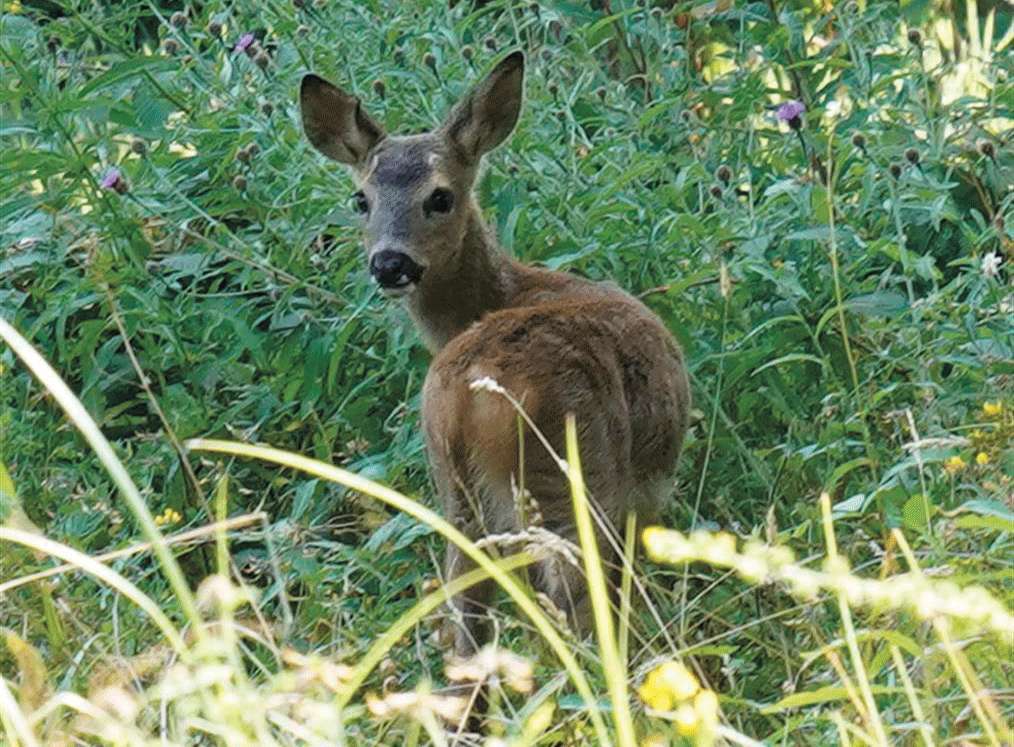
An example of Maybugs
This is the month when cockchafer beetles make their dramatic appearance. Appropriately, they are also known as Maybugs. Sometime on an evening in mid May the beetles erupt from the ground and climb the first available plant stalk. From there they launch into clumsy, noisy flight. They are quite large – up to 30mm and as they fly, they make a droning sound. They are hugely destructive – apparently you can hear their jaws clicking as they strip the leaves of oak, lime and hazel. The females will soon be laying up to 80 eggs in a little underground pile which hatch in about a fortnight to produce the larvae. They are C shaped, creamy white with dark heads and tails. They live underground for up to 5 years and are as destructive as their beetle incarnation – chewing the tender roots of plants. The only time they stop eating is during that mysterious pupal stage. It is a wonder of Nature that a creature can create round itself a tough protective capsule so that it can rest safely as it re-configures and emerges in a completely different form.
My old and trusty encyclopedia published 1890 clearly views cockchafers (maybugs) as a grim plague. It suggests half-heartedly that starlings should be encouraged near agricultural fields by putting up bird boxes – quite modern advice, one would think. But it prefers to recommend something which sounds most sinister called gas lime to poison the pests. Insecticides of various sorts have been widely used in modern times. No cockchafer (maybugs) plagues now, but also hardly any horseshoe bats, either. These bats, always uncommon, fed principally on cockchafers.
I have just read a book by Professor Yoshifumi Miyazaki about shinrin-yoku – translated as ‘forest bathing’. This term was coined in the 1980s and there has been research, especially in Japan about the benefits of walking in woods. Apparently, because we have spent 99.99% of our evolution close to Nature, our present way of life, detached from Nature is the basis of our stress. It is a lovely idea and who wouldn’t want a walk in the woods – doing Yogic breathing and keeping all their senses ‘open’?
The Hornbeam (carpinus betulus) in Mount Road © Andy Bamford
I do wonder, though, if this was rather a simplistic take on our relationship with dense woods and forests. I have met people who are definite dendrophobes – i.e. have a morbid fear of trees. They find trees threatening and brooding; and plot to cut them down. It makes sense to me that many people might have inherited some atavistic dread dating from ancient times when forests dominated and were places of danger. We now live with sparse woods round here – but long ago this area was the Forest of Anderida and early humans lived on the high chalk ridges, safe from ambush.
It is rather a puzzle why the native hornbeam (carpinus betulus) is not more widely planted, or even recognised. It is a native tree and its name proves that it has been with us for a long, long time: ‘horn’ for ‘hard’ and ‘beam’ being the old English name for tree. It is now mostly planted as hedging.
The tree, in late spring it is a beautiful sight with its male and female catkins and its small, pleated leaves unfolding. Looking up into the canopy on a sunny day, there seems to be a special gold green light up there. For a short while these medium sized trees, in the columnar form, were planted along roads – with whitebeams (sorbus aria). We have two or three of those early roadside plantings hanging on round here, in addition to the limes.
The main photograph shows a ‘forest’ hornbeam in Mount Road and long may it be safe from dendrophobes.
Beryl Harvey Fields is Cranleigh’s nature conservation site. We need volunteers. For further information: visit our conservation site in Cranleigh – or better, volunteer. Contact Philip Townsend at: for details.







